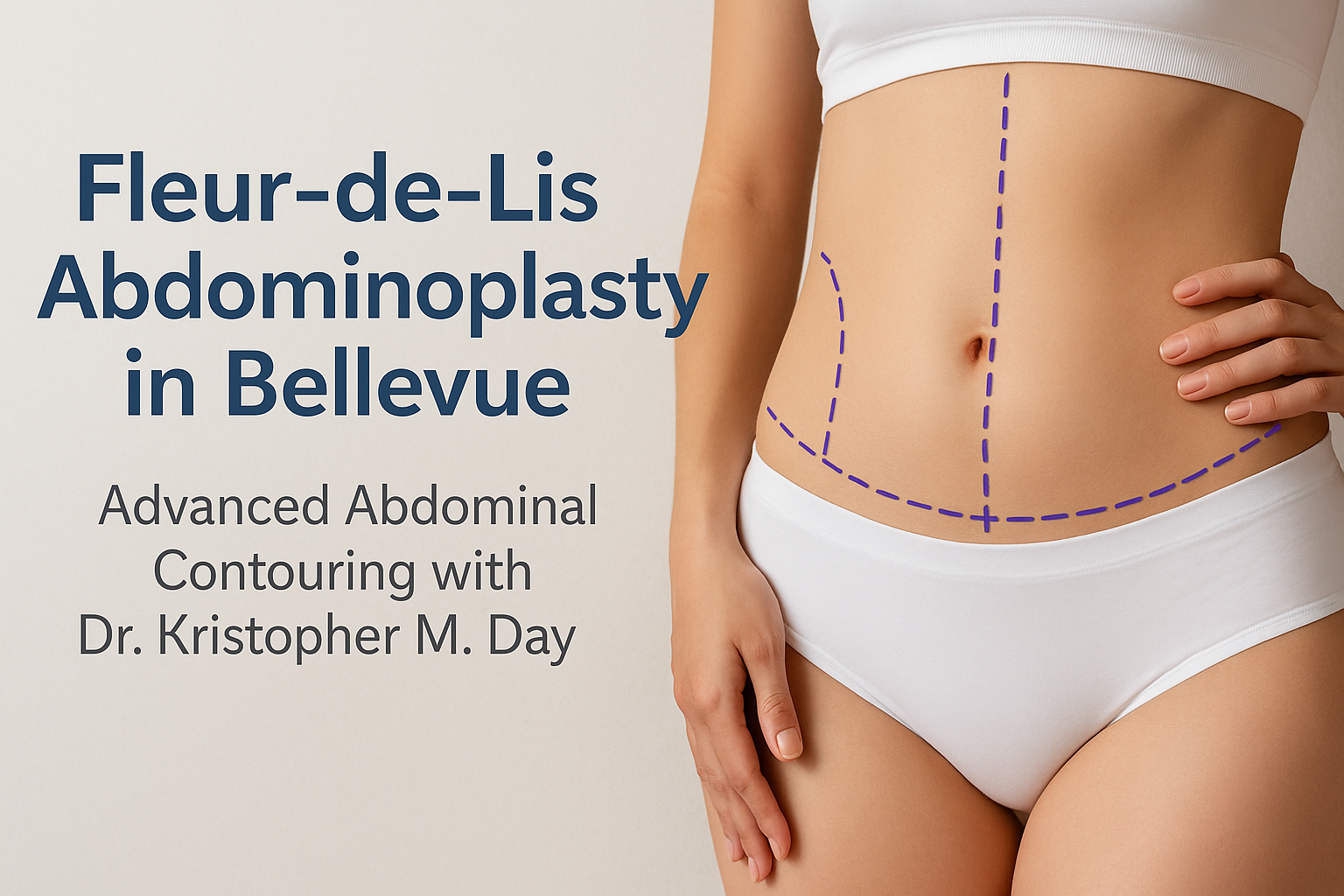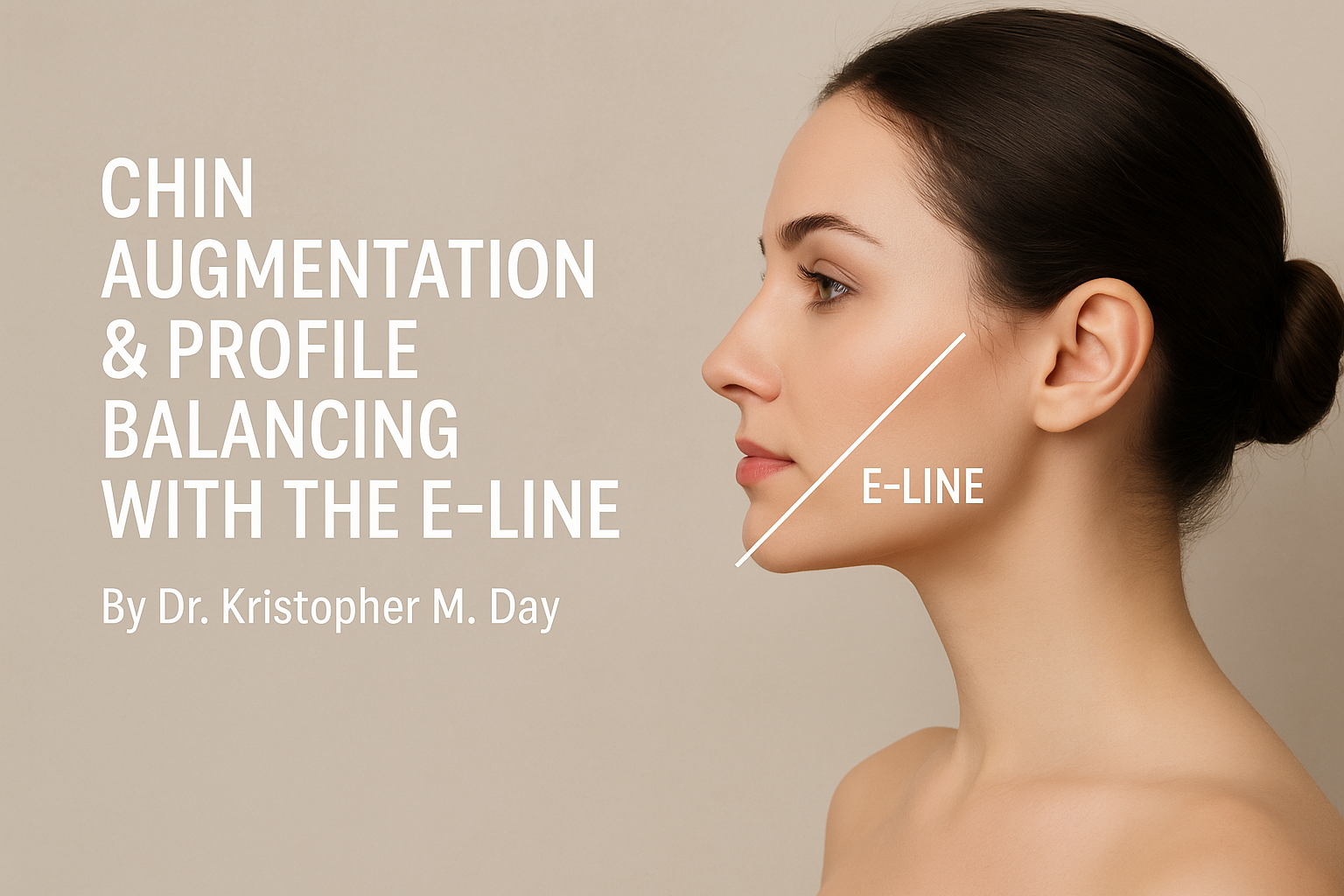What is Craniofacial or Maxillofacial Trauma? It’s a complex form of injury that affects the face, neck, skull, or jaw. These injuries can result from various incidents such as car accidents, sports activities, or falls, and can involve both soft tissue and bones. Key points include:
- Craniofacial Trauma: Often involves injuries to the skull.
- Maxillofacial Trauma: Pertains to injuries around the jaw and facial bones.
- Facial Injuries: May affect facial features like teeth, nose, or eyes.
Though it might seem daunting, understanding these injuries is crucial for effective treatment and recovery.
I’m Dr. Kristopher M. Day, MD, FACS, a board-certified plastic and reconstructive surgeon. My expertise spans craniofacial and maxillofacial trauma, where I use cutting-edge techniques to restore both aesthetic appearance and functional capability. Transitioning into further details, we’ll explore the nuances and complexities of these injuries.

What is Craniofacial or Maxillofacial Trauma?
Craniofacial and maxillofacial trauma refers to injuries that affect the face and skull. These injuries can be complex, involving both soft tissue and hard tissue damage.
Types of Craniofacial and Maxillofacial Trauma
-
Facial Fractures: These can occur in various parts of the facial skeleton. Common fractures involve the jawbone, cheekbones, and nasal bones. Fractures can lead to difficulty in breathing, speaking, or eating.
-
Soft Tissue Damage: This includes injuries to the skin, muscles, and nerves of the face. Soft tissue injuries can be particularly challenging due to the need for both cosmetic and functional repair.
-
Orbital Injuries: These affect the eye sockets and can impact vision. They often require careful management to prevent long-term damage.
Causes of Craniofacial and Maxillofacial Trauma
-
Motor Vehicle Accidents: These are a leading cause of facial injuries. High-speed impacts can result in severe fractures and soft tissue damage.
-
Sports Injuries: Contact sports like football or boxing can lead to facial trauma. Protective gear is crucial to minimize these risks.
-
Interpersonal Violence: Assaults can cause significant facial injuries, often requiring surgical intervention for repair.
Understanding the types and causes of craniofacial and maxillofacial trauma is essential for effective diagnosis and treatment. As we dig deeper, we’ll discuss how these injuries are diagnosed and the treatment options available.
Diagnosing Craniofacial and Maxillofacial Trauma
Diagnosing craniofacial or maxillofacial trauma is a crucial step in ensuring effective treatment and recovery. This process involves a combination of CT imaging, physical examination, and emergency evaluation.
CT Imaging
CT scans are a vital tool in diagnosing facial injuries. They provide detailed images of the facial bones and soft tissues, helping doctors see the full extent of the damage. These scans are especially useful for identifying fractures that might not be visible through a regular X-ray.
- Why CT Scans? They offer a 3D view of the injury, which is essential for planning surgical interventions. This detailed imaging helps surgeons like Dr. Kristopher M. Day precisely assess and prepare for procedures like bone grafting or jaw stabilization.
Physical Examination
A thorough physical examination is another key step. This involves checking for visible signs of injury, such as swelling, bruising, or cuts. Doctors will also assess the patient’s ability to move their jaw, speak, or breathe properly. This hands-on evaluation helps identify any immediate concerns that need urgent attention.
- What Doctors Look For: They check for alignment of facial features, nerve function, and any signs of infection or bleeding. This examination provides critical information that complements the findings from CT imaging.
Emergency Evaluation
In emergency situations, quick and accurate evaluation is essential. Emergency personnel work closely with specialists to ensure that no time is wasted in diagnosing and treating facial trauma. At facilities like Mass General, oral and maxillofacial surgeons are on-call 24/7 to assist in these evaluations.
- The Role of Emergency Teams: They stabilize the patient, control bleeding, and manage pain. This initial evaluation sets the stage for more detailed assessments and treatment planning.

Diagnosing craniofacial and maxillofacial trauma requires a team approach, utilizing advanced imaging and expert physical assessments to ensure the best outcomes for patients. This thorough diagnostic process allows for custom treatment plans, which we will explore in the next section on treatment options.
Treatment Options for Craniofacial and Maxillofacial Trauma
When it comes to craniofacial or maxillofacial trauma, the treatment plan is as unique as the injury itself. At Pacific Sound Plastic Surgery, Dr. Kristopher M. Day, a double board-certified plastic surgeon, leads the surgical efforts to restore both function and appearance. Our aesthetic nurses, Khalela Ladson RN and Stacie Tangatailoa RN, provide non-surgical treatments to improve recovery and aesthetics.
Surgical Procedures by Dr. Kristopher M Day
Surgical Reconstruction
Craniofacial injuries often require surgical reconstruction to restore the facial structure and function. This can involve complex procedures custom to the specific needs of the patient.
-
Soft Tissue Repair: Injuries that affect the skin, muscles, or nerves may need intricate repair. Techniques like microvascular reconstructive surgery can reconnect nerves and blood vessels, promoting healing and restoring sensation.
-
Bone Fixation and Grafting: For fractures, bone fixation is crucial. Dr. Day may use plates, screws, or wires to stabilize broken bones. In some cases, bone grafting is necessary to replace missing bone, ensuring proper alignment and function.
-
Jaw Stabilization: Severe jaw injuries might require jaw stabilization. This can involve wiring the jaw shut temporarily to allow for proper healing. A specialized liquid diet is often part of this recovery process.
Facial Reconstruction
Facial reconstruction is not just about fixing bones; it’s about restoring harmony and function. Dr. Day’s expertise in facial reconstruction ensures that patients receive comprehensive care, addressing both cosmetic and functional needs.
Non-Surgical Procedures by Pacific Sound Plastic Surgery
Non-surgical procedures can help improve facial appearance and restore confidence. At Pacific Sound Plastic Surgery, we offer treatments like Botox and dermal fillers. These procedures are less invasive and require little to no downtime. Botox can reduce the appearance of wrinkles by relaxing facial muscles. Dermal fillers help to add volume and smooth out lines. These treatments are quick and can often be done during a lunch break. They provide a refreshed look without the need for surgery.



